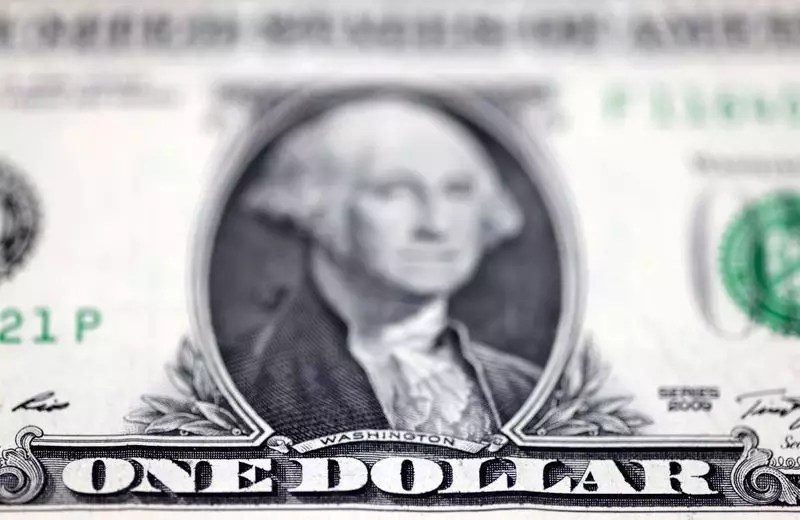The U.S. dollar has been experiencing a period of appreciation as we transition from one year to the next. This uptrend is closely tied to expectations surrounding policy changes anticipated under the incoming administration of Donald Trump. As the economic landscape evolves, it is crucial to dissect the drivers behind the dollar’s recent gains and consider the broader implications for the economy and global currencies.
With Donald Trump poised to take the helm, market participants are optimistic about potential tax reforms and deregulation measures. Analysts speculate that loosening business regulations could stimulate economic growth. Tax slashing is projected to inject capital into businesses, encouraging investment and expansion. This, coupled with a tighter immigration policy, could lead to increased price pressures in the U.S. economy, affecting inflation rates.
While the optimism surrounding these expected changes has buoyed the dollar against other currencies, there remains a veil of uncertainty. The exact nature and timeline of the proposed policies are still unclear, leading to fluctuating sentiment among traders. The possibility of tariffs on trading partners also complicates this economic forecast, as it could invite retaliatory measures or hinder trade relations, ultimately impacting growth prospects.
The Federal Reserve plays a pivotal role in establishing monetary policy and directly influences the value of the dollar. Recent weeks have seen market skepticism regarding the Fed’s ability to maneuver on interest rates. After a well-anticipated cut of 25 basis points, the central bank provided guidance that suggested further reductions would depend heavily on controlling inflation measures.
In its recent meetings, the Fed adjusted its inflation projections for the next few years and reconsidered its interest rate forecasts, leading to shifts in trader sentiments. Currently, projections imply a potential for only limited rate cuts next year, contributing to the dollar’s strengthened position in the face of uncertainty. If inflation continues to run high, suppressing further interest rate adjustments could diminish the dollar’s upcoming performance.
Recent labor market data presents a complex, yet reasonably robust picture of the U.S. economy. A decline in jobless benefit claims indicates a healthy employment backdrop, suggesting that the economy has weathered recent headwinds better than anticipated. Meanwhile, retail sales data reflecting a 3.8% increase during the critical shopping season speaks volumes about consumer confidence and spending power during the holidays.
This juxtaposition of a thriving labor market against a backdrop of moderating growth creates a precarious situation. On one hand, high employment levels potentially underpin spending that could fuel inflation. Conversely, this can enable the Fed to act more decisively in its monetary policy. The dollar index reflects this interplay; as of late, it found itself near a two-year high.
Global currency dynamics are also influenced by the dollar’s movement. For instance, the euro recently saw a slight depreciation against the dollar. As Europe grapples with its own economic challenges, the divergence is noteworthy. The Bank of Japan hints at an approaching turning point where their policies may shift, particularly regarding interest rates, as they aim to achieve a 2% inflation target.
Interestingly, in the cryptocurrency market, the diminishing returns of Bitcoin, with a sharp drop of 2.78%, reflects a broader risk-off sentiment as traders navigate uncertainties in traditional markets. This volatility indicates that market participants are looking for more stable havens—often leading them back to the dollar during turbulent times.
As we stand on the precipice of a new fiscal year, the interplay of domestic policies, Federal Reserve strategies, and global economic signals presents a complex picture for the U.S. dollar. While the prospects may appear bright, the accompanying uncertainties call for cautious navigation for traders and policymakers alike. The dollar’s path for the upcoming year will undoubtedly be shaped by these influential factors, and stakeholders must remain vigilant to the evolving landscape.


Leave a Reply